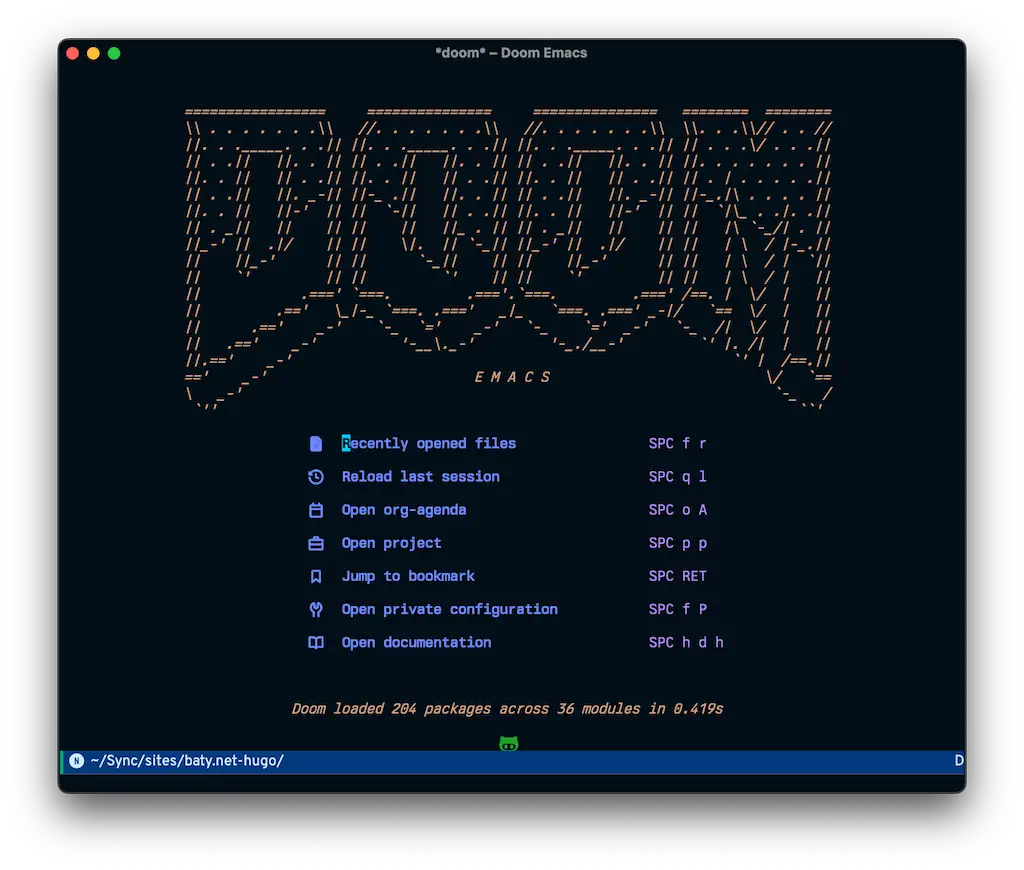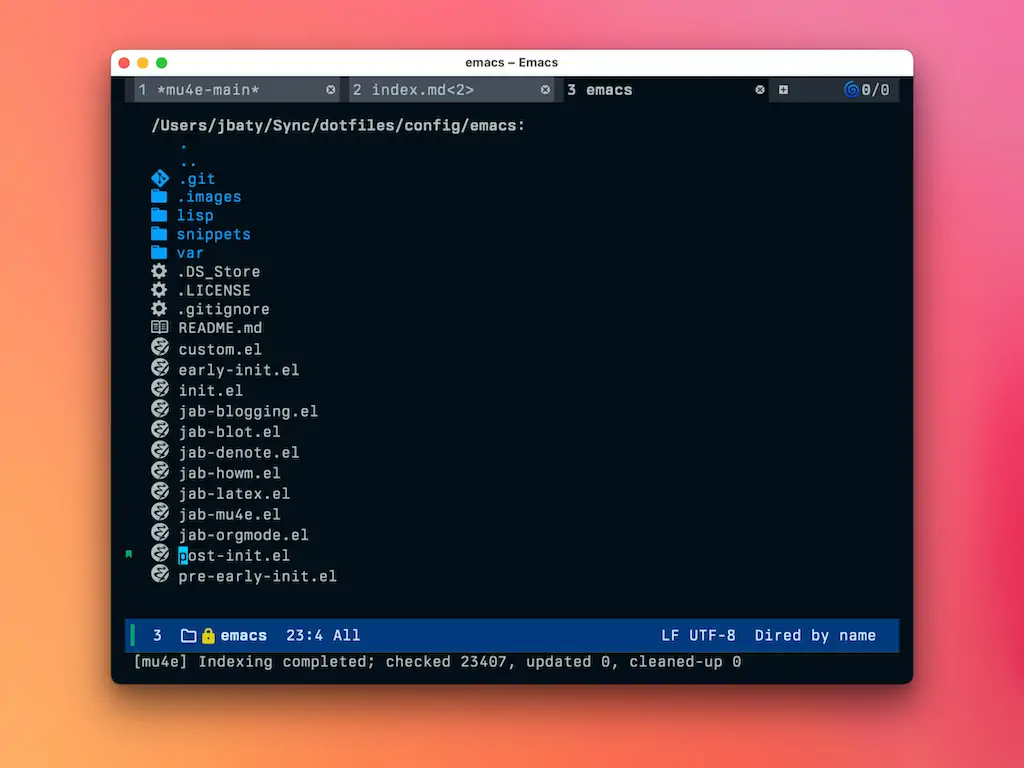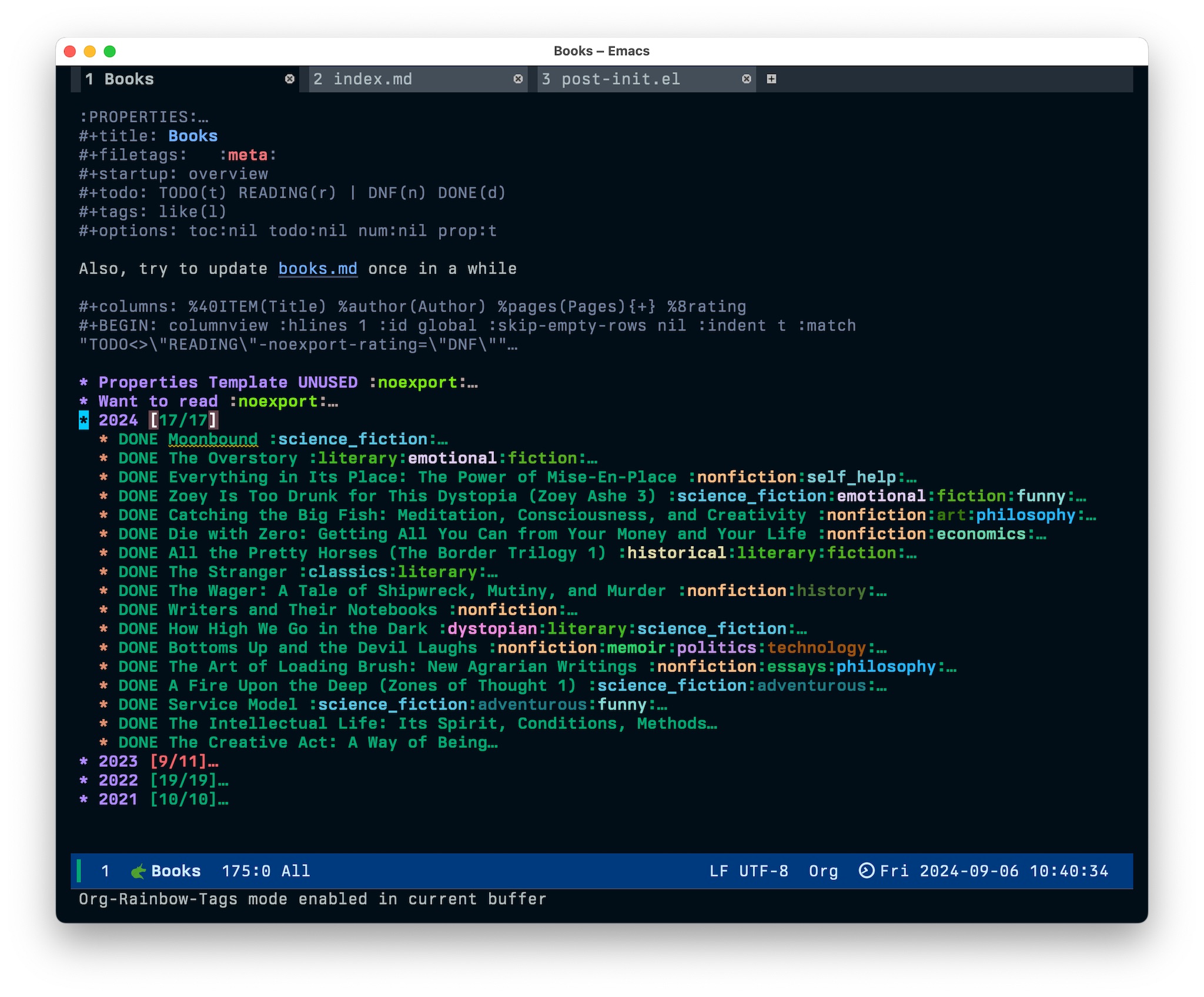I think I have to go back to Mu4e
I “settled” on using notmuch for my email, but now I’m reconsidering that decision. Notmuch is great, but using it forces me to have two email stores. One is IMAP (via Fastmail). The other is my local notmuch database. Mbsync keeps things kind of synced, but it’s really only a few flags. Notmuch doesn’t delete or move email on the server. This means I’m managing, for example, my Inbox, in two places. It’s not hard, but is it necessary? ...







